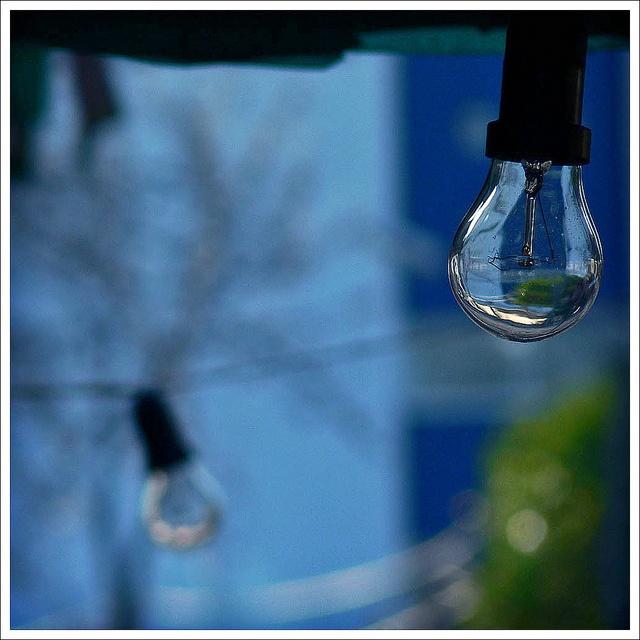
By Andre de Fontaine
Many companies know the value of managing and saving energy within their own walls. The company and its employees benefit from lower utility bills, better comfort and more efficient working spaces.
This is especially true for manufacturers. These companies view energy as integral to global competitiveness, increased productivity and profitability; as a result, the U.S. manufacturing sector as a whole has made impressive gains in energy efficiency. Now, a small, but growing, number of companies that have pushed energy efficiency to the boundaries within their own facilities are looking outside their fence lines to help their suppliers reduce energy waste and costs.
Up to 60 percent, and sometimes more, of a manufacturing company’s energy and carbon footprint can reside upstream in its supply chain — from raw materials, transport and packaging, to the energy consumed in intermediate manufacturing processes.
By sharing energy efficiency knowledge with suppliers, manufacturers have the ability to influence the efficiency of the entire supply chain -- and further lessen the overall carbon footprint of the goods they produce.
To help manufacturers make energy efficiency more visible in their supply chains, the Department of Energy’s Better Buildings, Better Plants Challenge -- a national, voluntary industrial energy efficiency leadership initiative -- is working with a select group of Better Plants partners to extend and promote the benefits of energy efficiency to suppliers. DOE helps partners and their suppliers improve efficiency through a series of energy management webinars, access to energy-saving tools and calculators, and energy audits.
Efficient suppliers boost plant productivity
Take three Better Buildings, Better Plants Challenge partners: Johnson Controls, Legrand and United Technologies. All three are manufacturers with longstanding commitments to reducing energy waste in their own operations and are now leveraging their experience and knowledge with their suppliers.
To successfully engage with suppliers, Legrand and Johnson Controls have gone beyond the typical supplier outreach to provide valuable resources to suppliers and help them improve their energy efficiency. This willingness to invest extra effort in on-the-ground resources will ultimately provide environmental and economic benefits for both organizations.
Surveying and auditing suppliers
Johnson Controls was an early leader in educating its suppliers. The company has surveyed and audited suppliers on environmental sustainability and social responsibility for many years. By surveying suppliers, Johnson Controls could identify knowledge gaps and provide suppliers with specific training opportunities tailored to their needs.More recently, Johnson Controls took a hands-on approach to educate its suppliers to become more energy and resource efficient. Johnson Controls launched a pilot program that sends energy efficiency experts to supplier plants, where they train their teams on low-cost/no-cost energy efficiency best practices. As suppliers participated in on-site assessments, Johnson Controls was able to share information on energy management processes and tools while also identifying potential improvement measures and making preliminary estimates of project costs and benefits.
Hands-on training and assessment tools
Through education, Legrand helped illustrate the advantages of energy savings by producing conferences tailored to its larger suppliers. Legrand made sustainability and energy efficiency a key element of the conference agenda, with guest speakers to help suppliers tackle specific strategies and best practices, complemented by real-world examples. This laid the groundwork for more involvement from suppliers in specific energy-efficient supply chain programs.
The majority of suppliers Legrand works with are small- and medium-size companies that don’t necessarily have the resources or depth of knowledge necessary to drive energy efficiency within their facilities. Knowing that their suppliers did not have the staff to design training materials, Legrand developed a toolkit to help them assess and determine energy saving opportunities.
Similar to a grading scale, the toolkit allows suppliers to determine where energy savings opportunities exist. There are a maximum number of points that suppliers can establish by going through the checklist and based on the number, they can determine where the opportunities are.
Piloting supply chain models for wider adoption
Like Legrand,United Technologies (UTC) is working with the Energy Department to pilot different approaches to providing education and training to suppliers. UTC distributed an internally-developed energy management guidebook to its suppliers and is now tapping into DOE resources to further accelerate progress. UTC is connecting its suppliers to energy management webinars conducted by DOE experts and free energy audits from the department’s university-based Industrial Assessment Centers.
Johnson Controls, Legrand and UTC demonstrate the value of successfully partnering with suppliers to advance energy efficiency throughout the supply chain. By reducing energy waste in their own operations, these companies are leveraging their experience and knowledge with their suppliers.
By educating them through strategies like those above, Legrand, Johnson Controls and UTC are giving suppliers the necessary tools to work towards energy efficiency in their own operations. Partnerships forged by providing education, resources and support will ultimately lead to cost savings, more competitive supply chains, and better relationships between producer and supplier.
Andre de Fontaine leads the U.S. Department of Energy’s Better Buildings, Better Plants efforts.
TriplePundit has published articles from over 1000 contributors. If you'd like to be a guest author, please get in touch!














